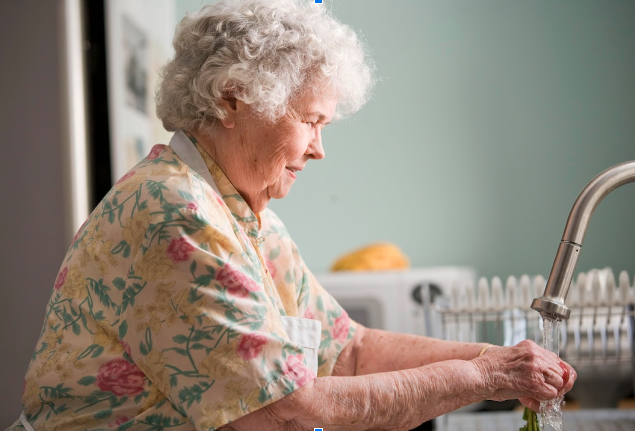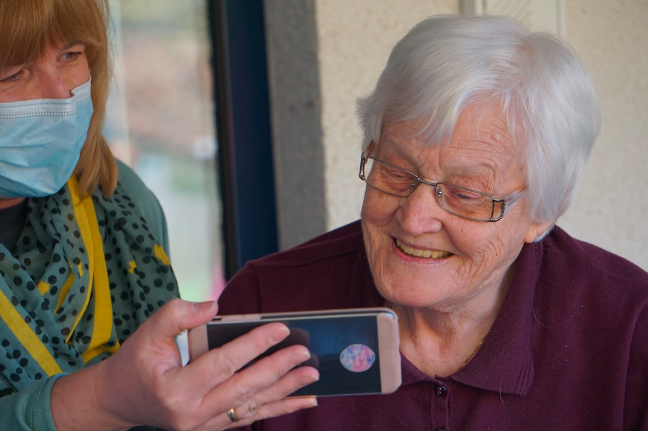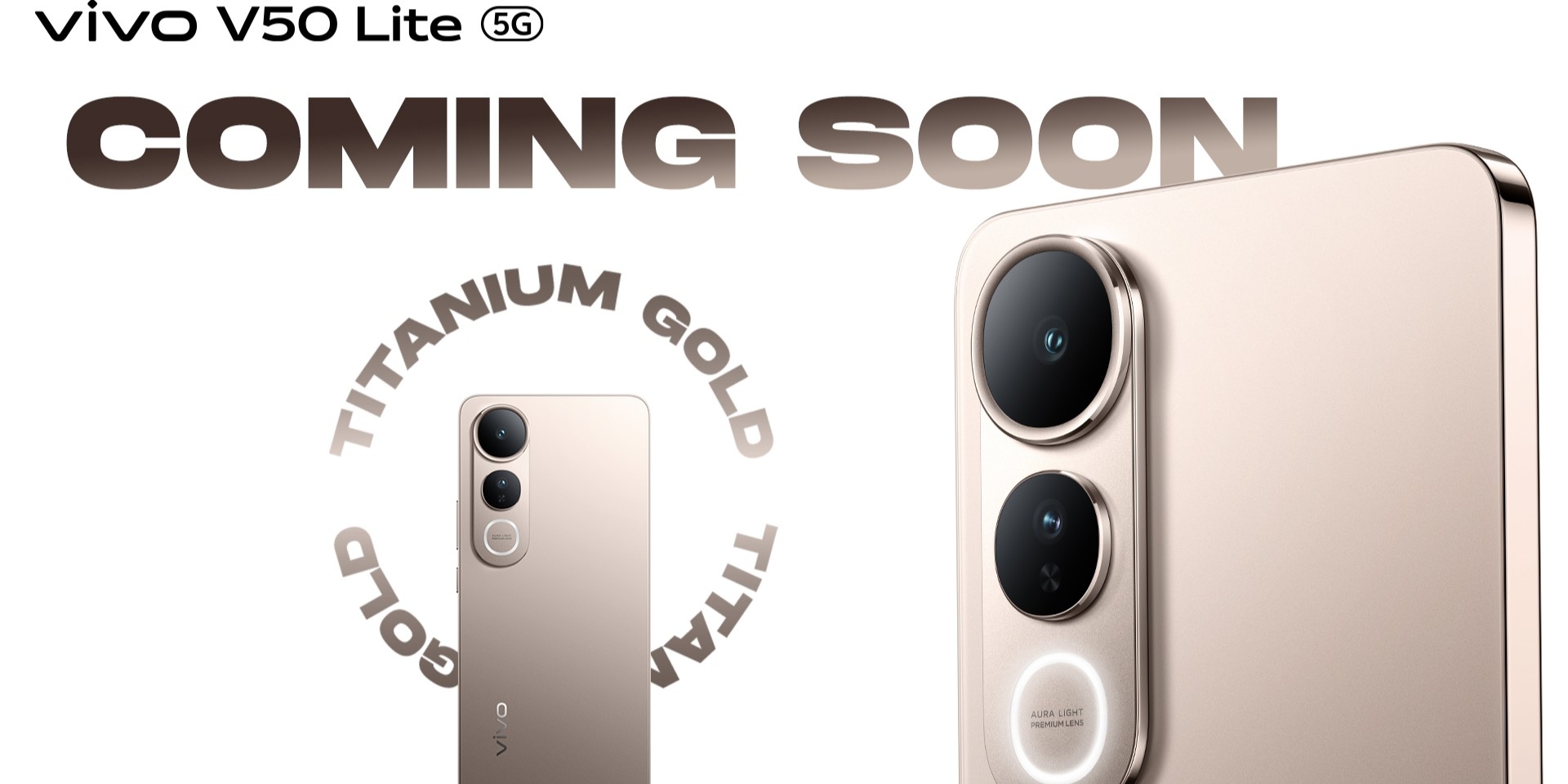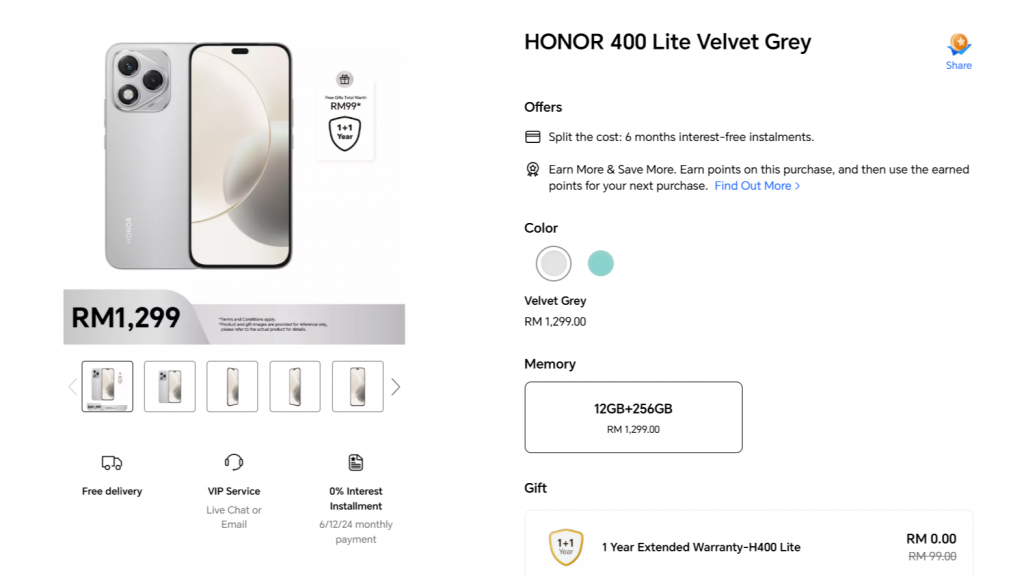Aging challenges and health issues make senior care a major priority in the United States and all over the world. The growing elderly population necessitates advanced home care techniques and approaches. Using modern technology effectively can revolutionize the care given to the age-old. In this article, we shed light on the latest trends in this sector.
Embracing Technology for Senior Care
With technological advancement, modern senior care has come a long way, and for nursing homes, partnering with healthcare organizations can improve senior home care solutions. The aging population is growing at a rapid pace, and providing high-quality care for elderly individuals is becoming increasingly important. Organizations focused on patient safety and healthcare risk management can collaborate with senior care businesses to enhance their practices. Their expertise in evidence-based protocols, technology integration, and resources can help senior care practices enhance the safety, efficiency, and quality of care provided.
Gadgets like wearable devices with fall detection technology, heart rate, and sleep pattern monitoring capabilities add an extra layer of safety to elderly care. They provide caregivers with real-time health data and increase the confidence of the elderly, promoting their independence. Technology also provides a means of social interaction for elders. Social media platforms and video call apps allow seniors to stay connected with their loved ones, reducing feelings of social isolation and depression.
Understanding Current Home Care Practices
Current home care practices mainly revolve around traditional strategies, including regular doctor appointments and medication management. While these methods are beneficial, they often lack provisions for mental health and social interaction. Current techniques also tend to over-focus on disease and neglect health promotion. A comprehensive approach, targeting physical, psychological, and social aspects, is necessary to maximize well-being in the elderly. Active adult living homes offer a solution incorporating both independence and care. These residences create an environment where seniors enjoy a pleasant and engaging schedule while having 24/7 professional health services at their disposal.
The importance of fostering positive home care practices for seniors cannot be overstated. It not only plays a vital role in their physical health and safety but also has an impact on their mental health and emotional well-being. By creating a positive home care environment, we can allow seniors to age gracefully, maintain independence, and enjoy their golden years to the fullest.
Holistic Health Approach: Combining Traditional Methods with Advanced Techniques

Combining traditional methods with advanced techniques creates a model for holistic elderly care. This approach addresses the comprehensive health needs of seniors, including physical, mental, emotional, and social health. Reliance solely on medication can lead to over-treatment and unattended areas of the health spectrum. Merging technology with traditional practices can provide balanced care, taking into consideration the unique needs and comfort zones of each individual.
A holistic health approach focuses on maintaining a good quality of life, rather than just treating illnesses. The inclusion of wellness and preventive measures along with the medical approach enriches the care provided, promoting healthier and happier aging. Senior care solutions that provide personalized services along with health technology boost seniors’ health, independence, and life satisfaction. Partnerships between caregivers, health technology designers, and seniors can leverage this integrated approach and optimize results.
As this article clearly illustrates, adopting new techniques for senior care is no longer an option but a necessity given the growing elderly population. Leveraging technology, understanding the limitations of current methods, making use of AI, and developing comprehensive health strategies can provide seniors with a better quality of life. Training caregivers and preparing seniors to adopt these new methods will create a healthier, more independent aging cohort in the years to come.







